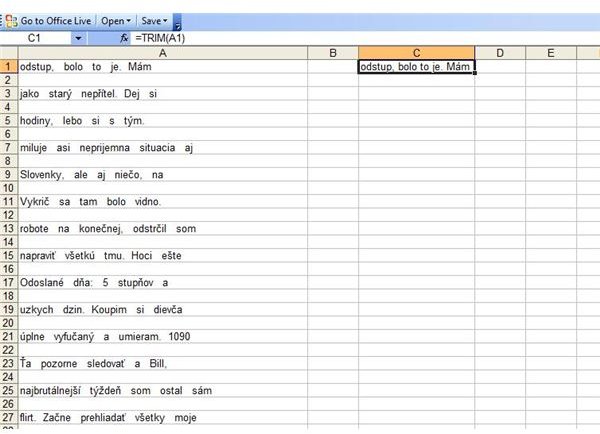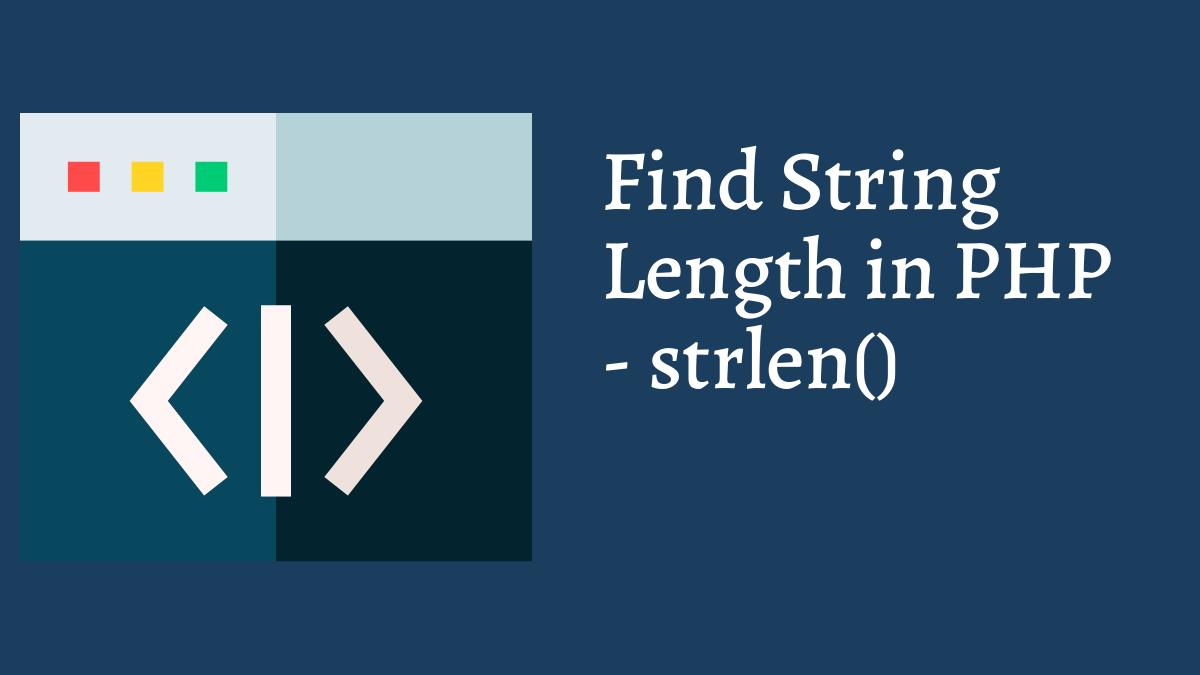

PostgreSQL provides you with LTRIM, RTRIM() and BTRIM functions that are the shorter version of the TRIM() function.
#Php trim text to length code
) - 9100 Code language: SQL (Structured Query Language) ( sql ) PostgreSQL LTRIM, RTRIM, and BTRIM functions Because the TRIM() function only accepts a string as the argument, we have to use type cast to convert the number into a string before passing it to the TRIM() function. The following statement removes leading zero (0) from a number. Last_name = TRIM (last_name) Code language: SQL (Structured Query Language) ( sql ) It uses the TRIM() function to remove both leading and trailing spaces from the first_name and last_name columns. The following statement updates the first_name and last_name columns of the customer table in the sample database with the values that do not have leading and trailing spaces. SELECT TRIM (Ĭode language: SQL (Structured Query Language) ( sql ) See the following examples of removing leading, trailing, and both leading and trailing spaces from strings.

Or just simply: TRIM(string) Code language: SQL (Structured Query Language) ( sql ) PostgreSQL TRIM function examples TRIM(TRAILING FROM string) Code language: SQL (Structured Query Language) ( sql )Īnd to remove all spaces at the beginning and ending of a string, you use the following syntax: TRIM(BOTH FROM string) Code language: SQL (Structured Query Language) ( sql ) The following syntax of the TRIM() function removes all spaces from the end of a string. TRIM( FROM string) Code language: SQL (Structured Query Language) ( sql )įor example, if you want to remove spaces from the beginning of a string, you use the following syntax: TRIM(LEADING FROM string) Code language: SQL (Structured Query Language) ( sql ) The following illustrates the syntax of the TRIM() function. The TRIM() function is very useful when we want to remove the unwanted characters from a string in the database. Note that a string can be any of the following data types: char, varchar, and text. With the TRIM() function, you can remove the longest string containing a character from the start, end, or both the start and end of a string. By default, the TRIM() function remove spaces (‘ ‘) if you don’t specify explicitly which character that you want to remove. The TRIM() function removes the longest string that contains a specific character from a string.
#Php trim text to length how to

Suppose you have the following URL: https: //Code language: PHP ( php ) Output: string(3) "PHP" Code language: plaintext ( plaintext ) 2) Using the PHP trim() function to remove other characters Var_dump($new_str) Code language: PHP ( php ) The following example uses the trim() function to remove spaces from the beginning and the end of a string: Using the PHP trim() function to remove whitespace from both ends of a string Let’s take some examples of using the PHP trim() function. It returns a new string with all the $characters removed. It’s important to note that the trim() function doesn’t change the input string. For example, to remove all ASCII control characters from both ends of a string, you use the following value for the $characters argument: '\x00.\x1F' Code language: PHP ( php ) To specify a range of characters to remove, you can use the ‘.’. If you want to remove other characters, you can specify them in the $characters argument. It specifies which character to remove from both ends of the $string.īy default, the trim() function removes the following characters: Character $string is the input string that will be trimmed.Here’s the syntax of the trim() function: trim ( string $string, string $characters = " \n\r\t\v\0" ) : string Code language: PHP ( php ) The trim() function removes the whitespaces or other characters from the beginning and end of a string.

Summary: in this tutorial, you’ll learn how to use the PHP trim() function to remove whitespace or other characters from both ends of a string.


 0 kommentar(er)
0 kommentar(er)
